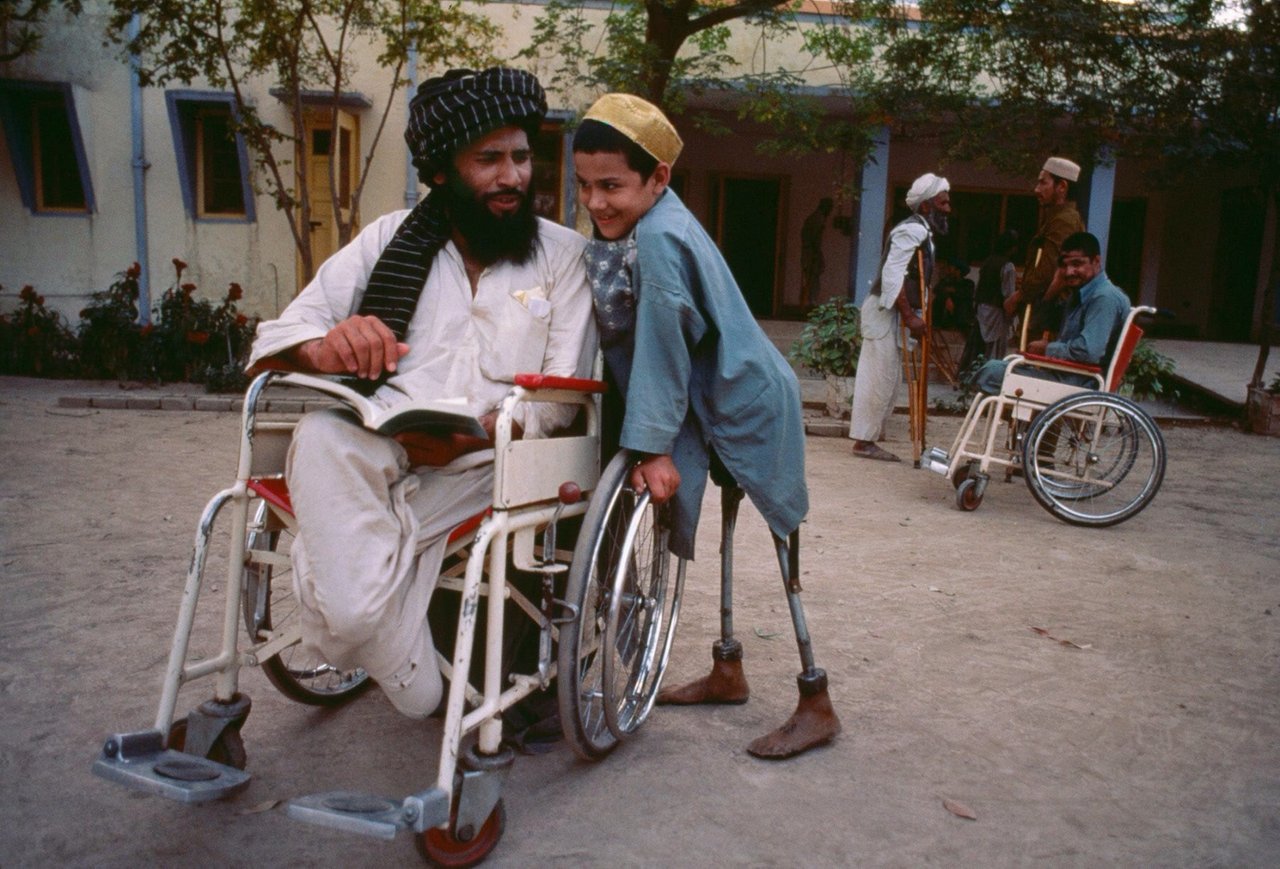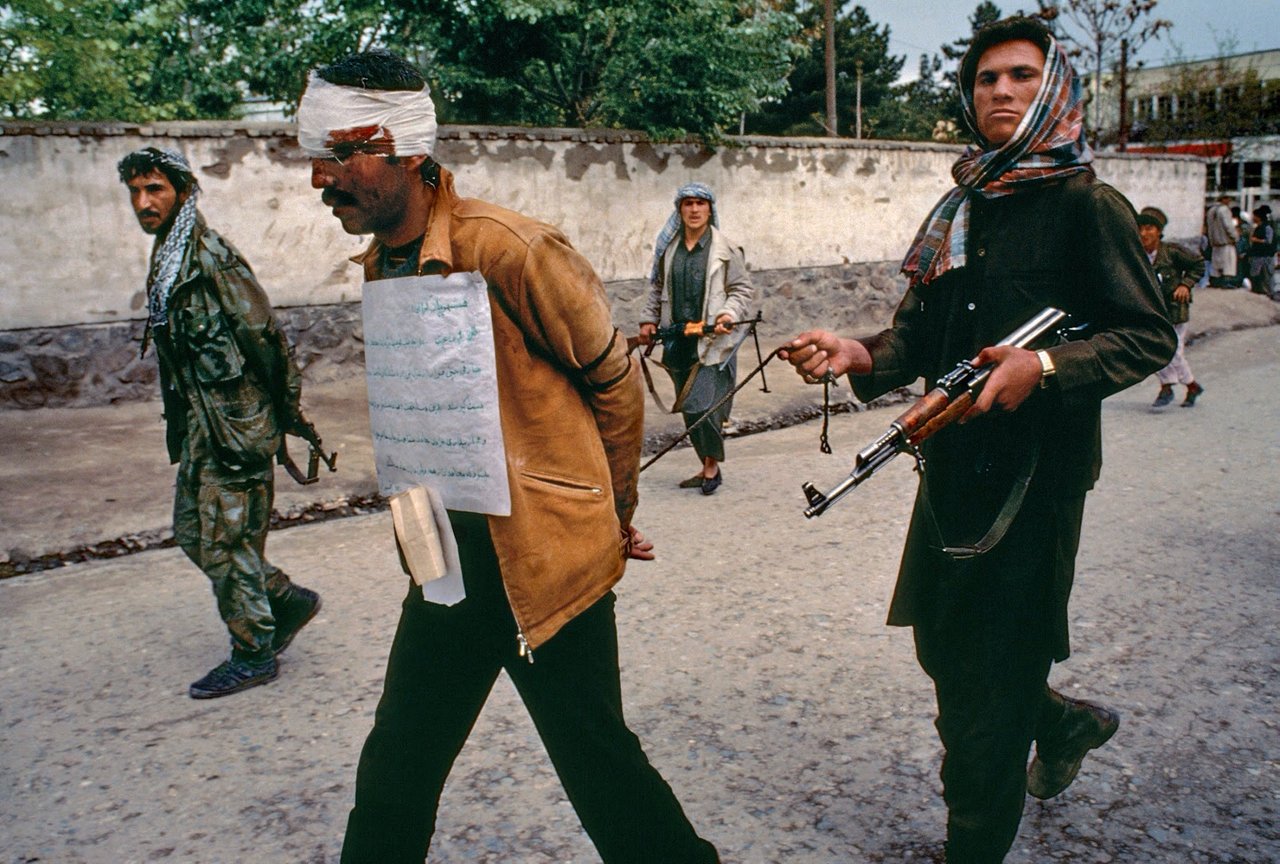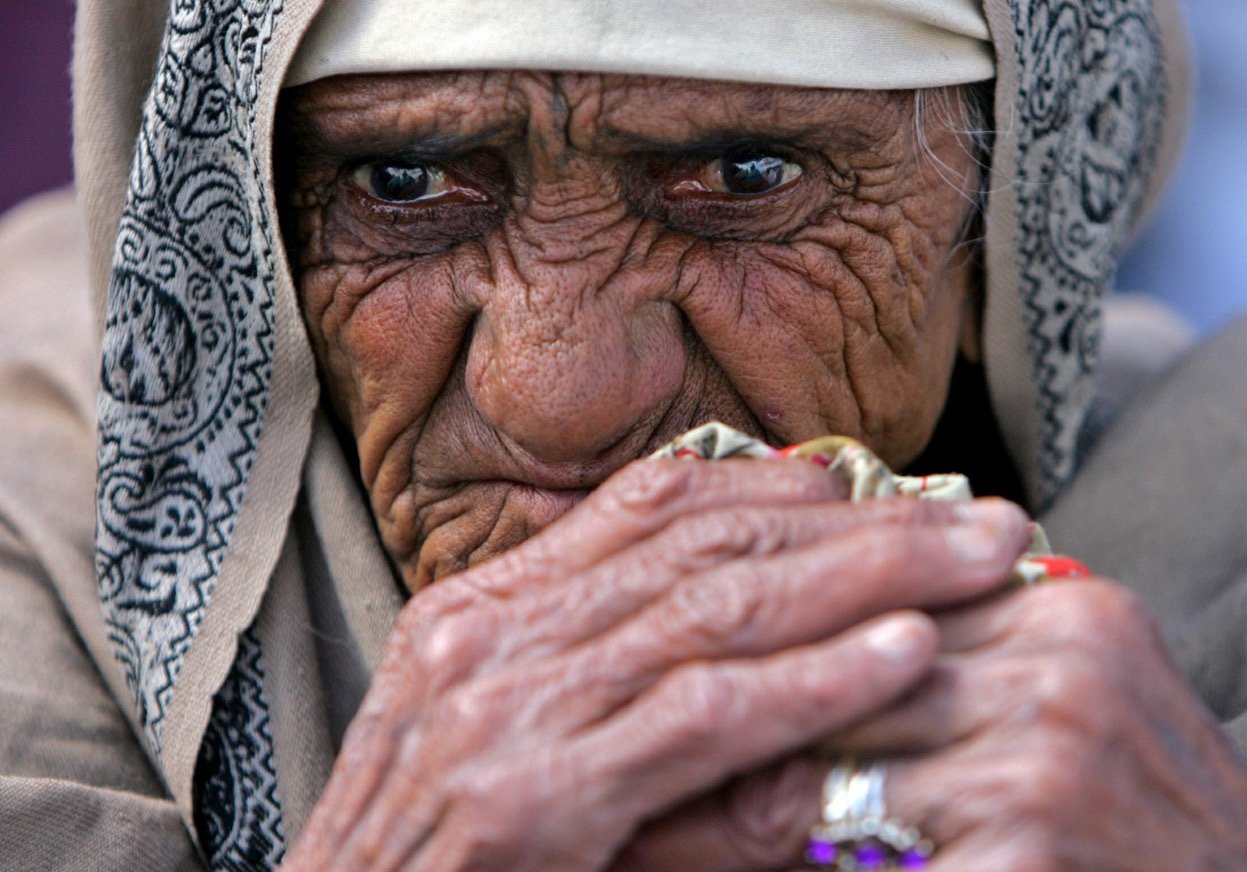
Most of 800,000 People with Disabilities in Afghanistan are Uneducated and Unemployed
Afghanistan is one of the most mine contaminated countries in the world. It is believed that there are still about a million mines in the country, killing and maiming hundreds of people every year. According to media reports, five civilians, including four members of a family, were killed when a mine went off in Khaneshin District of Helmand province on 2 February 2013.

According to Landmine and Cluster Munition Report http://www.the-monitor.org/index.php/cp/display/region_profiles/theme/1553, at least 812 casualties, caused by mines, victim-activated improvised explosive devices (IED), and explosive remnants of war (ERW), were identified in 2011 in Afghanistan. The report says that mines of all types, including victim-activated IEDs, caused the most casualties, 436, and the vast majority of the victims, 716, about 88 percent of the total number of casualties in 2011, were civilian.

Children made up at least 52 percent of the civilian casualties, according to the report, where the age was known and at least 49 civilian casualties were girls and 51 were women. The report says that there were 71 military casualties, including two women.
Most of the mines were used by the Red Army, the Afghan government forces and the west-backed guerrilla fighters in more than two decades of war in Afghanistan. Meanwhile, the United States has also contributed to the contamination of the country. The Human Rights Watch in a report in 2001 said, http://www.rawa.org/s-cluster.htm, that nearly 5,000 unexploded and highly volatile cluster bomblets may be littered across areas of Afghanistan that were targeted by U.S. warplanes.
“These unexploded bomblets have in effect become antipersonnel landmines,” stated Mark Hiznay, senior researcher of the Arms Division of Human Rights Watch, in 2001. “They pose an extreme hazard to civilians, not just now but for years to come.”
The war has left about 800,000 people with disabilities in the country. Most of the people with disabilities are unemployed, illiterate and have limited accesses to health facilities.
According to the Afghanistan Disability Action Plan, 70 percent of person with disabilities aged over 15 are unemployed and 73 percent of person with disabilities aged above six do not receive any education.
The results of a survey conducted by Handicap International, an international non-governmental organization, in 2005 in Afghanistan, indicate that one in five households in Afghanistan had a disabled person. The report says that about 36 percent of disability in the country is physical, 26 percent sensorial, 20 percent epilepsy and 10 percent mental.

restriction or lack (resulting from any impairment) of ability to perform an activity in the manner or within the range considered normal for a human being.”
One of the main concerns in Afghanistan is that what will happen to 450-1500 military bases when the NATO and U.S. forces leave the country in 2014. However, last week Sterling Global Operations won US$30 million contract for demining operations in Afghanistan.
According to a press release, the contract will focus on removing landmines and unexploded ordnance at Bagram Air Field and other bases and areas throughout the country.
Afghanistan has signed the Convention on Cluster Munitions on 3 December 2008 and ratified it on 8 September 2011. Meanwhile, in 2002 Afghanistan ratified the Convention on the Prohibition of the Use, Stockpiling, Production and Transfer of Anti-Personnel Mines and on their Destruction. But the warring factions in Afghanistan continuously use different types of mines and explosives which make it difficult for Afghanistan to get rid of these “silent killers” in the near future
look in the mother's eyes as he hurt.

and this group came under Taliban fire, and they all died.

as persons with disabilities live in Afghanistan
5 Comments
